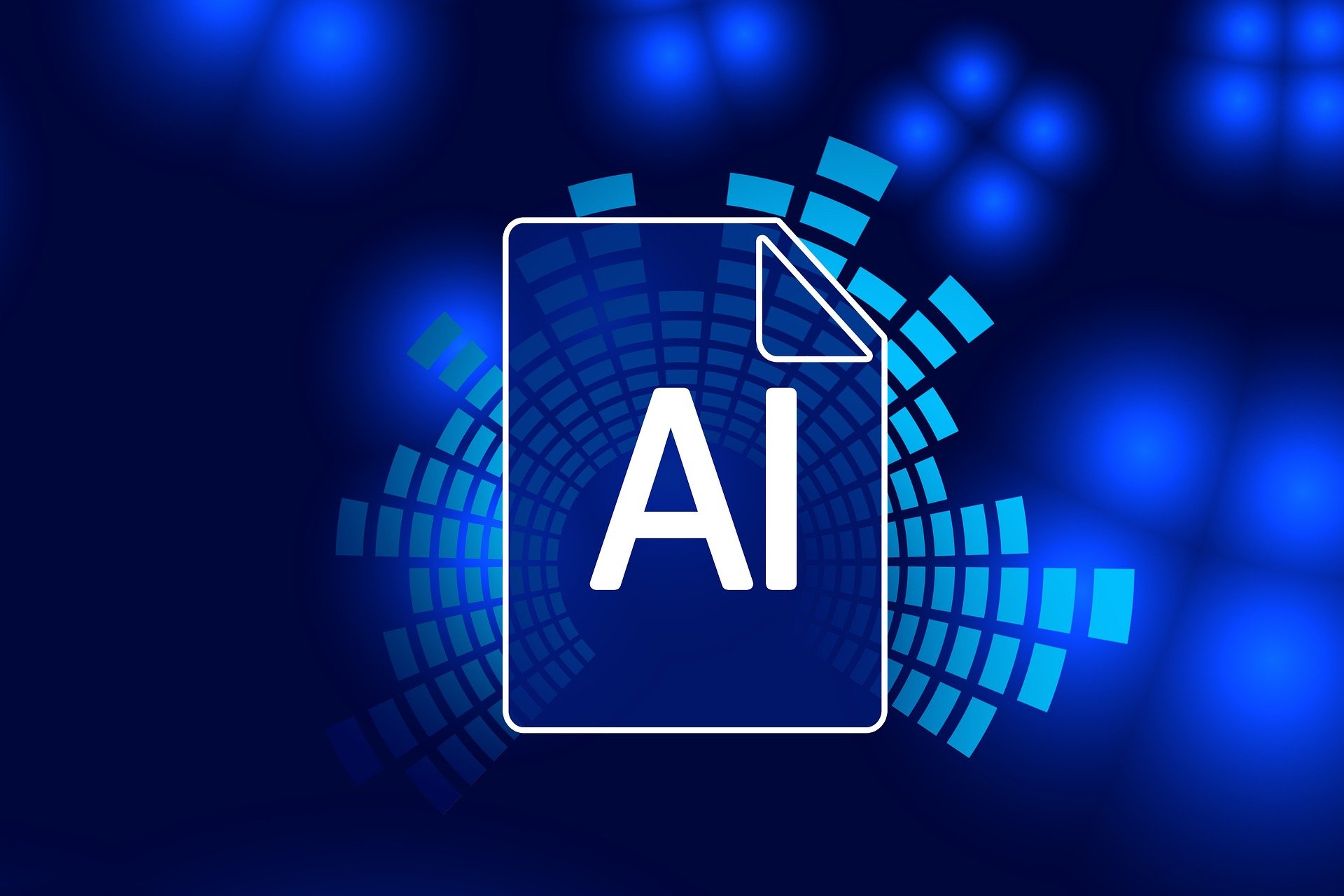
As roads in our towns and cities are becoming increasingly congested, local authorities need to find a balance between increased demand for parking and maintaining the smooth flow of traffic, and at the same time keep streets accessible and safe. As these challenges increase, so too does the pressure on parking departments to enforce restrictions effectively. Artificial Intelligence (AI) and Machine Learning (ML) offer transformative solutions that can help parking authorities improve efficiency, reduce costs, and enhance compliance.
We examine how local parking departments can leverage AI and ML to enhance productivity in parking enforcement, streamline workflows, and deliver better outcomes for communities.
In the parking sector, we are accustomed to using Automated Number Plate Recognition (ANPR) systems. However, when powered by machine learning, ANPR moves to a different level and can transform how authorities monitor parking. ANPR-equipped enforcement vehicles and fixed cameras can scan thousands of number plates an hour, identifying violations in real-time. Using ML algorithms, these systems can automatically differentiate between permissible and non-permissible vehicles based on various data points such as size of engine or battery, permits, and time limits.
For example:

These systems greatly reduce manual inspections, allowing Civil Enforcement Officers (CEOs) to cover more ground and focus on interventions rather than routine checks.
AI-driven predictive analytics is enabling data-driven enforcement strategies. By analysing historical data, such as peak parking times, common violation locations, and seasonal trends, ML algorithms can predict when and where parking violations are most likely to occur.
With predictive insights, parking authorities can:
Predictive analytics allows parking departments to make proactive, data-informed decisions, improving response times and compliance while reducing the need for extensive on-street surveillance.
Computer vision, a subset of AI, uses image recognition to identify specific actions or behaviours, such as improper parking or obstruction of bus lanes. Smart cameras can detect violations autonomously, removing the need for continuous monitoring either remotely from the back-office or on-street.
Computer vision technology can:
AI and ML platforms can integrate real-time data from multiple sources, such as weather conditions, traffic patterns, and city events, into parking enforcement systems. By combining this data with historical trends, AI models can adjust enforcement actions in real-time. For example:
Integrating real-time data allows parking departments to enhance situational awareness, making parking regulations more responsive and less intrusive for the public.
AI-driven chatbots and virtual assistants can serve as an effective bridge between parking authorities and the public, offering immediate responses to queries about parking restrictions, fines, and appeals processes. Chatbots can significantly reduce the volume of inquiries handled by human personnel, improving operational efficiency and customer satisfaction.
Implementing chatbots increases the accessibility of parking services and reduces the workload on department staff, improving response times and service quality.
Machine learning models can assess compliance rates, identify patterns in parking behaviour, and provide actionable insights for policy adjustments. For example, if a particular area experiences low compliance rates despite frequent patrols, authorities can investigate potential causes—such as confusing signage, inadequate awareness, or poor infrastructure—and adapt policies accordingly.
AI-enabled compliance tracking can:
Data-driven insights empower parking authorities to adopt more flexible, targeted approaches that improve compliance and public satisfaction.
As well as helping hard-pressed local authority parking departments improve efficiency, manage resources better and ultimately reduce costs, the use of AI in parking can have benefits for the general public. These benefits can include more transparent enforcement with fewer disputes over fines, as well as improved parking space availability.
The integration of AI and ML technologies offers significant advancements in parking enforcement, enabling local authorities to enhance productivity, optimise use of resources, and increase compliance. By automating routine tasks, predicting violations, and enhancing public communication, AI-driven systems can improve parking departments’ efficiency, and transform them into responsive units that are well-equipped to meet modern parking challenges.
As AI continues to evolve, parking authorities have an opportunity to lead in adopting smarter, data-informed approaches that make cities safer, cleaner, and more accessible for everyone.
For more information on how artificial intelligence and machine learning can help your parking department
Barry Johnson is Senior Technical Director of Taranto Systems.
Barry Johnson is one of the founder members of Taranto and is the original architect of the Taranto Parking Enforcement Solution. Barry leads Taranto’s Development team, spearheading the product evolution and the roadmap. He steered the development of Taranto’s Platform-as-a-Service cloud environment. Barry is highly regarded in the parking sector and 2023, he won the Outstanding Contribution Award in the People in Parking Awards and he has also won the Special Jury Award in the BPA Awards
